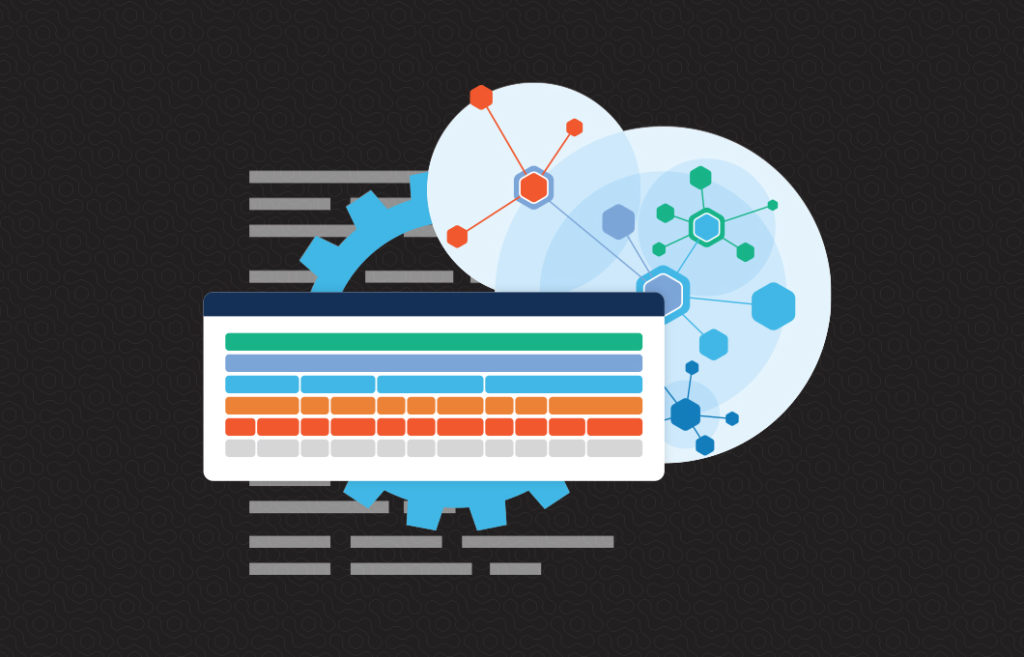
A human being possesses the competence and capabilities to understand both the spoken and the written language. This critical capability hinges on the disambiguation process, or the removal of confusion around terms or concepts that carry more than one meaning. For machines to understand language at a human level, disambiguation must be an integral part of your model.
The disambiguation process consists of four steps of linguistic analysis:
- Lexical analysis
- Grammatical analysis
- Syntactical analysis
- Semantic analysis
Understanding the process from beginning to end is essential to building an explainable language model and maximizing your results. The following brief breaks down the disambiguation process and explains its importance to your natural language processing initiatives.
READ IT NOW:




